The Indian Grocery Consumers
[Excerpts from “Online Retailing Paired with Kirana—A Formidable Combination for Emerging Markets” by Prof. Piyush Kumar Sinha, Srikant Gokhale and Saurabh Rawal in Customer Needs and Solutions (2015) 2:317-324]
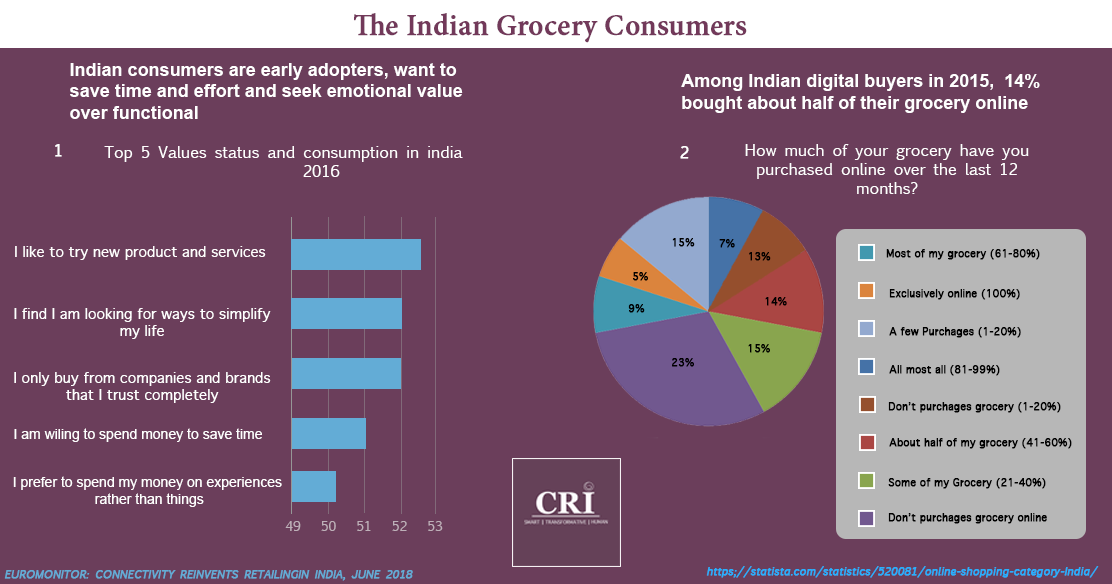
Consumers shop using different formats based on the values that they derive [1]. Store formats are chosen based on availability, accessibility, ambience and affordability, as well as the cost of shopping tasks [2]. It is found that consumers tend to choose new formats like online based on cognitive factors, whereas established formats like kirana are chosen based on affect [3]. Studies indicate that the extent of adoption of formats also depends on chronological order of first use [4]

A format represents a combination of particular levels of each element of the retailing mix, such as product assortment, pricing, location, service, ambience, customer interface and the level and type of services offered [5]. Each format tends to maximise on one value dimension supported by other dimensions. While a retailer would use one or two of these as primary variables, the interaction among them makes each format a unique business to manage. In any product category, customers choose the format that fits their needs most; they choose different formats from the same product categories based on their requirements [3, 6]. For instance, food can be purchased from convenience stores, grocery stores, warehouse stores, cash and carry stores, online grocers, kirana stores and mass merchandisers.
The format chosen by the retailers determines the system required to deliver the values promised to their target segments. This system is designed by identifying and managing the selected retailing activities that fulfill the desired customer experiences. While the elements of retailing mix remain the same, each format mixes them up differently to create a customised business model. Hence, retailers using the same format can follow different business models based on the segments they serve, context in which they operate and their value appropriation objectives.
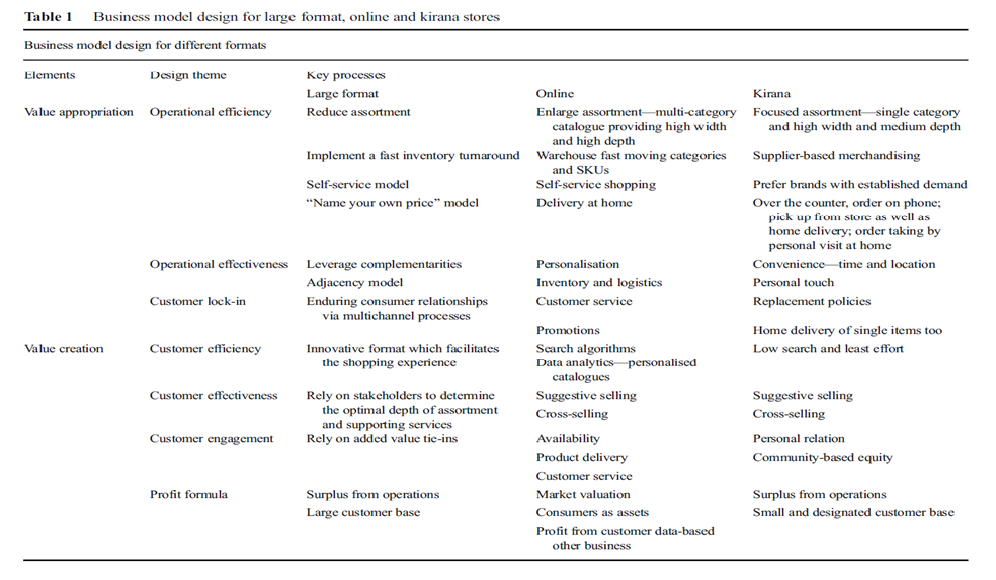
References:
- Venkatesan R, Kumar V, Ravishanker N (2007) “Multichannel shopping: causes and consequences”. Journal of Marketing 71(4):114–132
- Bell DR, Ho TH, Tang CS (1998) “Determining where to shop: fixed and variable costs of shopping”. Journal of Marketing Research 35(3):352–369
- Anand KS, Sinha PK (2009) “Store format choice in an evolving market: role of affect, cognition and involvement”. The International Review of Retail, Distribution and Consumer Research 19(5):505–534
- Pentina I, Pelton LE, Hasty RW (2009) “Performance implications of online entry timing by store-based retailers: a longitudinal investigation”. Journal of Retail 85(2):177–193
- Michael L, Weitz B (2008) Retailing management, 7th edn. McGraw-Hill/Irwin, New York
- Bhatnagar A, Ratchford B (2004) A model of retail format competition for non-durable goods. International Journal of Research in Marketing 21:39–5
Related Resources:
- Store format choice in an evolving market: role of affect, cognition and involvement, Kamaljit Singh Anand and Prof Piyush Sinha, The International Review of Retail, Distribution and Consumer Research 19(5):505–534. Downloadable on request
- Impact of Store format on Shopping Involvement, Prof Piyush Sinha and Dwarika Prasad Uniyal, Working Paper W.P. No. 2014-03-06, March 2014, Indian Institute of Management Ahmedabad. Available for download
- Format Choice of Grocery Retailers, Prof. Piyush Sinha, Elizabeth Mathew and Ankur Kansal, 2005 Available for download
- Store Choice Behaviour in an Evolving Market, Prof. Piyush Sinha and Prof. Arindam Bannerjee, International Journal of Retail & Distribution Management; 2004; 32, 10; ProQuest pg. 482 Downloadable on request
- Business Models in Retailing, Prof. Piyush Sinha, 2016 Downloadable on request
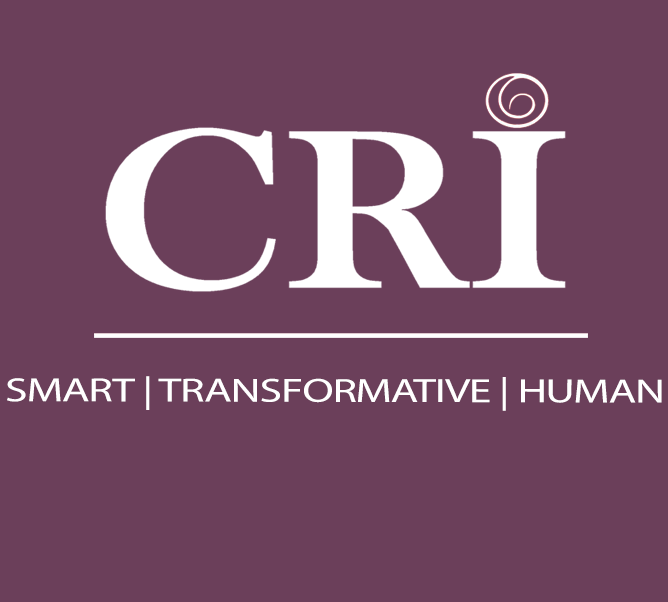
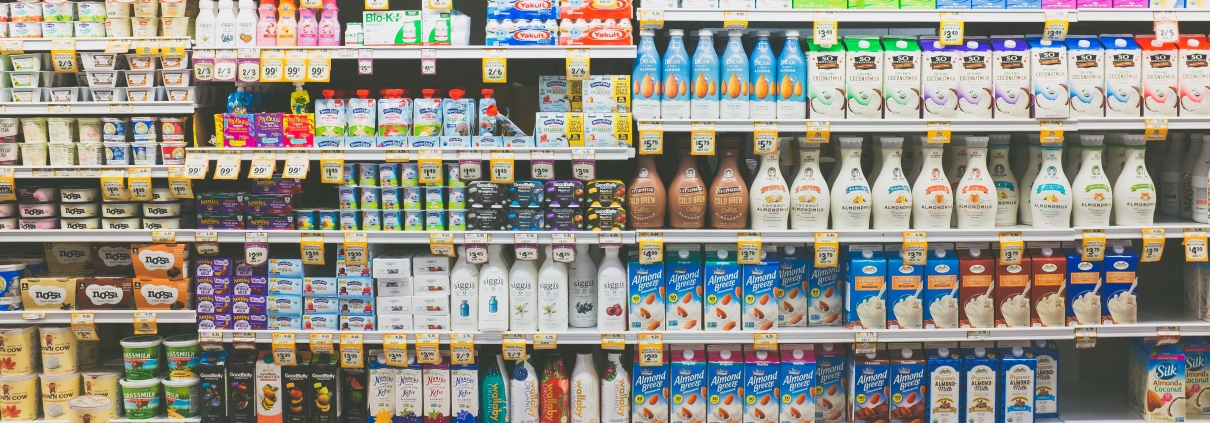

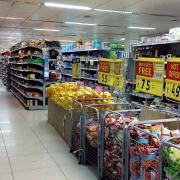


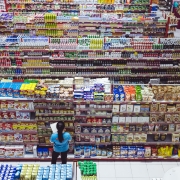




Leave a Reply
Want to join the discussion?Feel free to contribute!